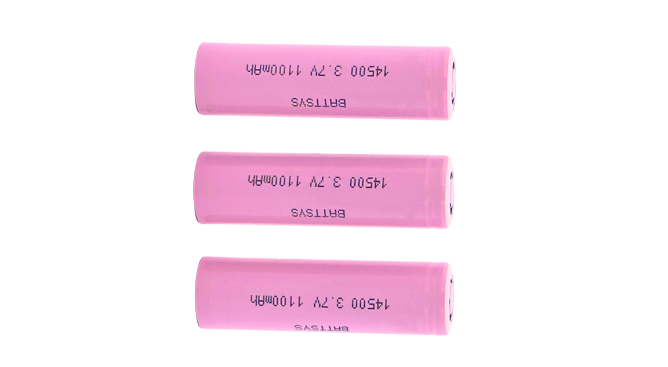Analysis of the standard for lithium battery capacity allocation group.
1、 Definition of lithium battery consistency
The consistency of lithium batteries, at first glance, refers to the convergence of important characteristic parameters of a set of lithium batteries, which is a relative concept. There is no perfect consistency, only greater consistency. Multiple strings of cells within the same battery pack, with each parameter preferably all within a small range, are recommended for good consistency.
Adding a time dimension, consistency refers to the consistency of all characteristic parameters of all cells in the battery pack throughout their entire lifecycle, taking into account inconsistencies in capacity decay, internal resistance growth, and aging rate. The lifespan of the entire battery pack is our ultimate focus on consistency. Scholars have placed the interactions between parameters on a graph based on the passage of time, as shown in the following figure. Time is on the horizontal axis, parameters are on the vertical axis, and several parameters are placed in a table with changes over time, interwoven into a network as the starting point for our consideration of consistency.

In lithium batteries, battery grouping refers to the combination of multiple battery cells (such as a single cell with a voltage of 3.7V 2000mAh). For example, to form a battery group with a voltage of 14.8V 6000mAh, it is necessary to pay attention to consistency when combining three series of lithium batteries. If several batteries or dozens of batteries are discharged in series or parallel, poor consistency can lead to uneven discharge. One battery is fully discharged while the other is not fully discharged, which means that the battery cannot achieve maximum power discharge. Requirements for lithium battery assembly: Capacity difference ≤ 30mAh, voltage difference ≤ 3mV, internal resistance difference ≤ 3m Ω. Of course, the battery cell model must be the same first!!
2、 Lithium battery capacity allocation group standard
1. Lithium battery cell detection of charge and discharge rate
Cell capacity<2000mAh: Charge and discharge at a rate of 1C
Cell capacity ≥ 2000mAh: Charge and discharge at 0.5C rate
Cell capacity ≥ 4000mAh: Charge and discharge rate at 0.2C
Pairing of battery cells can only be carried out within the same level.
2. Standard for lithium battery cell assembly
Pairing project 1C discharge pairing requirement 0.5C discharge pairing requirement 0.2C discharge pairing requirement
Allow the difference in internal resistance between battery cells to be ≤ 3m Ω≤ 3m Ω≤ 3m Ω
Allowable voltage difference between battery cells ≤ 3mV ≤ 3 mV ≤ 3 mV
Allowable difference in capacity between battery cells ≤ 10 mAh ≤ 15 mAh ≤ 30 mAh
Allow platform difference between battery cells to be ≤ 1 min ≤ 3 min ≤ 5 min
3. Precautions
During the testing process, attention should be paid to safety. If the battery cells are found to be heating up or short circuited, they should be quickly thrown away from personnel and flammable and explosive materials
During the testing process, it is necessary to distinguish and label different suppliers, models, specifications, good products, and defective products
For battery cells with inventory time of 2 or 3 months, please follow the<<Battery Activation Standard>>
The detection voltage is based on a 4-digit digital voltmeter
